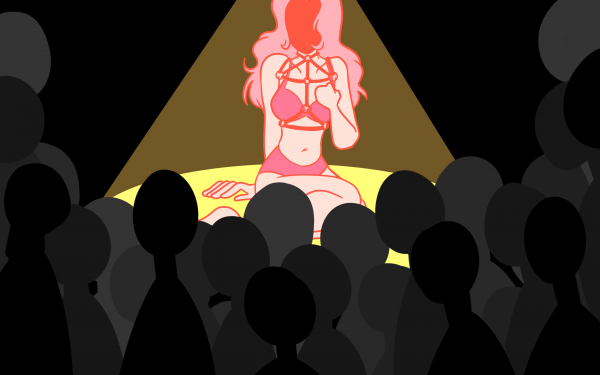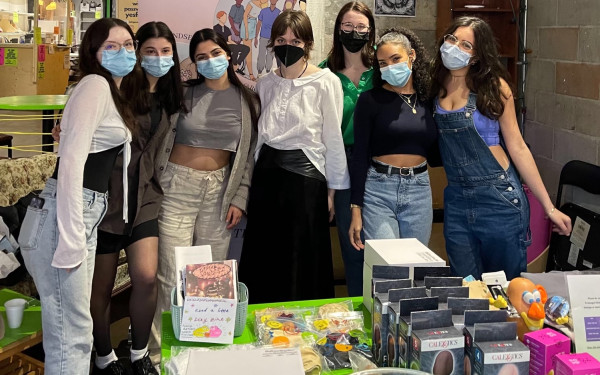Being trans in an all-girls high school taught me to hate myself
Anti-trans hatred is on the rise and bringing back unpleasant memories
When I saw the anti-trans protest from the Hall building entrance on Sept. 20, I was stunned to see children holding up signs on which their parents had written nonsensical slogans like “Our parents know what’s best for us” or “I belong to my parents.”
I felt sorry for these kids because I remember being a child who was questioning their gender identity from within the walls of an all-girls school.
Collège Villa Maria, a high school that became mixed-gender after I graduated, taught students about the importance of being a proud feminist. Teachers acknowledged that gay people exist, which, to their credit, makes their sex education curriculum more progressive than many other schools’, but I can’t recall ever learning about trans people or non-binary identities.
I was in my last year of high school when someone in my class unofficially came out as non-binary; this was the first time I encountered the term. At the time, I genuinely had no idea what that meant.
I knew I didn’t identify as a woman, but I thought that was because I wasn’t 18 yet. When a “girl” turns 18, “she” starts identifying as a woman, right? That was what I was indoctrinated to believe.
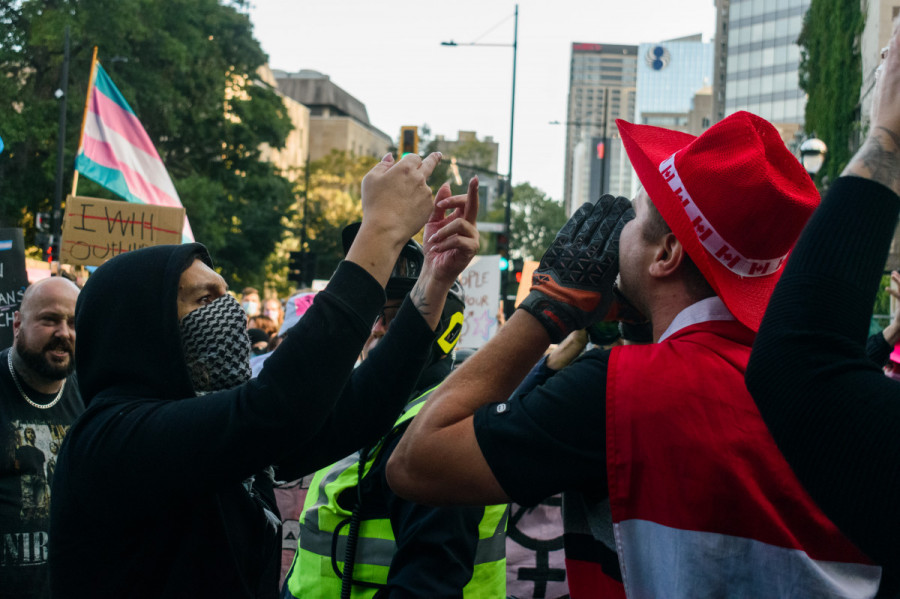
Whenever anti-trans protesters claim that trans people indoctrinate children, I can’t help but remember the five years I spent wearing an ugly plaid skirt and uncomfortable tights because I was being fed lies about my own identity, which I didn’t have the liberty to explore.
When conservatives tweet “Let children be children,” I find myself agreeing wholeheartedly—but for very different reasons. Let children explore their identity. Teach them about gender diversity and LGBTQIA2S+ identities. Education won’t confuse them. On the contrary, it could answer questions they might be too scared to ask.
When I was in high school, I didn’t feel like I had the option to be trans. The only contexts in which I heard about trans people were either in passing or in stigmatizing ways. I regret having felt this way, but I truly believed being trans was something I shouldn’t be.
I can recall one specific instance of a straight girl being blatantly transphobic towards me due to my gender presentation, saying things I have only heard echoed by the most extreme of right-wing politicians. This wouldn’t have happened if our sex ed curriculum had covered the importance of respecting all gender expressions and identities.
Everyone in my year thought I was a lesbian because of my haircut and the fact that I was labeled a tomboy, so I started wondering why I wasn’t attracted to girls.
There were moments in high school when I seriously questioned my gender, but every time I did, I would gaslight myself into thinking that because I was attracted to boys, I must be straight. I didn’t think I would find a significant other if I was trans and gay, and back then, I was terrified of staying single for the rest of my life. My sex ed teacher tried being an ally and once told the class: “It’s okay to be gay. Your sexuality is your choice,” so I chose to be straight.
I remember watching Shameless (U.S.) in my final year of high school and being introduced to a character who was a gay trans man. I was initially confused because I didn’t know someone could be gay and trans. I asked myself: Why would someone give up their straight and cisgender privileges to “become” a gay trans man? Might as well stay a straight girl. I’m now very ashamed of that assessment and know it was the voice of my internalized transphobia.
A couple of years after graduating, I realized my internalized transphobia had become so strong that I was starting to enter trans-exclusionary radical feminist (TERF) territory. Only at this point did I truly sit myself down and tell myself I was going to figure out my identity before I became a full-fledged TERF.
I used to think I would be betraying feminism if I came out as trans because I would often argue that I could still be a woman even if I was non-conforming. I didn’t even know about the term ‘gender non-conforming’, but I wanted to represent women who weren’t conventionally feminine and didn’t fit society’s gender norms. Of course, I eventually had to come to terms with the fact that I could still be a feminist even if I wasn’t—and never was—a woman.
The rest of this story is pretty funny. I thought to myself: Well, I’m an atheist because I don’t believe in religion. What if I don’t believe in gender? What’s ‘atheist’ but for gender? Agender? Is that a thing? Is it possible to not have a gender? After googling the term, I learned that yes, agender is a real identity—it is possible to not have a gender. Conservatives might disagree, but that doesn’t mean I don’t exist.
Did my parents know what was right for me when they told me I’m a girl? No, of course not, but they didn’t know any better.
Our generation knows better. We have access to the vocabulary children need so they can treat each other with kindness and respect instead of mocking those who are gender non-conforming.
This article originally appeared in Volume 44, Issue 3, published October 3, 2023.

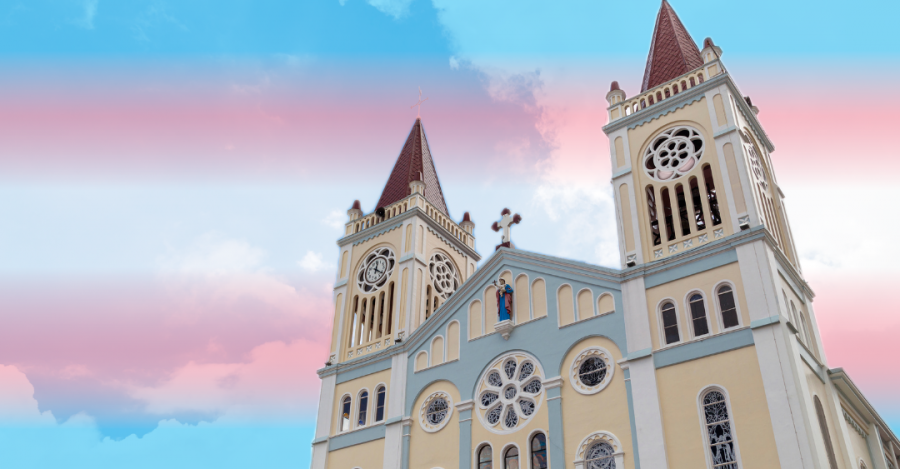

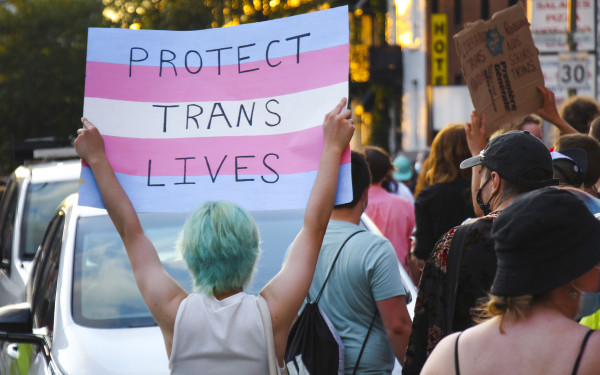
_(1)_600_375_s_c1.png)
